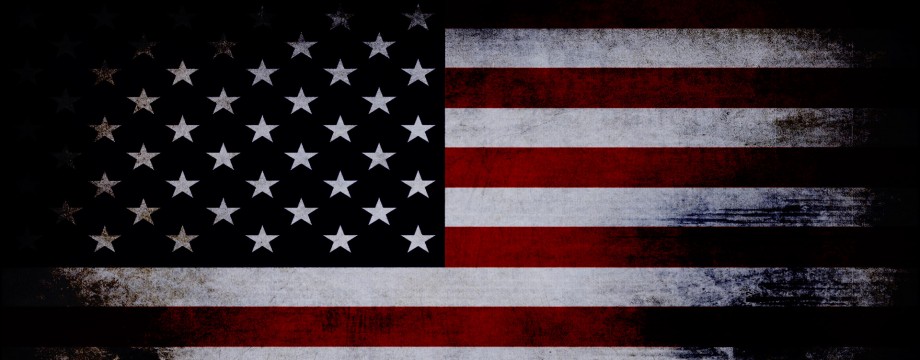Introduction
For thirteen days in 1962, the United States and the Soviet Union were on the brink of nuclear war. President John F. Kennedy and his Soviet counterpart, Premier Nikita Khrushchev, confronted one another “eyeball to eyeball,” each with the power of mutual destruction during what became known as the Cuban Missile Crisis. A war between the world’s two superpowers would have meant the deaths of 100 million Americans and more than 100 million Russians.
Task
You will discover what brought our nation to the brink of annihilation as well as what transpired over the course of nearly two weeks during “the coldest” of the Cold War years. Before you begin to answer the questions, you must familiarize yourself with what transpired in October of 1962.
Process
You will answer each question by reading from the links provided above, answering each in grammatically correct complete sentences of your own.
- Explain what President Kennedy did upon his administrations discovery that the Soviet Union had placed nuclear missiles in Cuba.
- Explain what the United States, the United Kingdom and the Soviet Union agreed upon nine months after the Cuban Missile Crisis.
- Explain why the Kennedy administration was so adamant on removing the Soviet installed nuclear missiles from Cuba.
- Explain what transpired to cause the Soviet Union to withdraw the missiles.
- Explain the components that resulted in president Kennedy’s decision to remove the missiles from Cuba in October 1962.
Conclusion
Over an intense 13 days, President Kennedy and his Soviet counterpart Nikita Khrushchev confronted each other “eyeball to eyeball,” each with the power of mutual destruction. A war would have meant the deaths of 100 million Americans and more than 100 million Russians.

